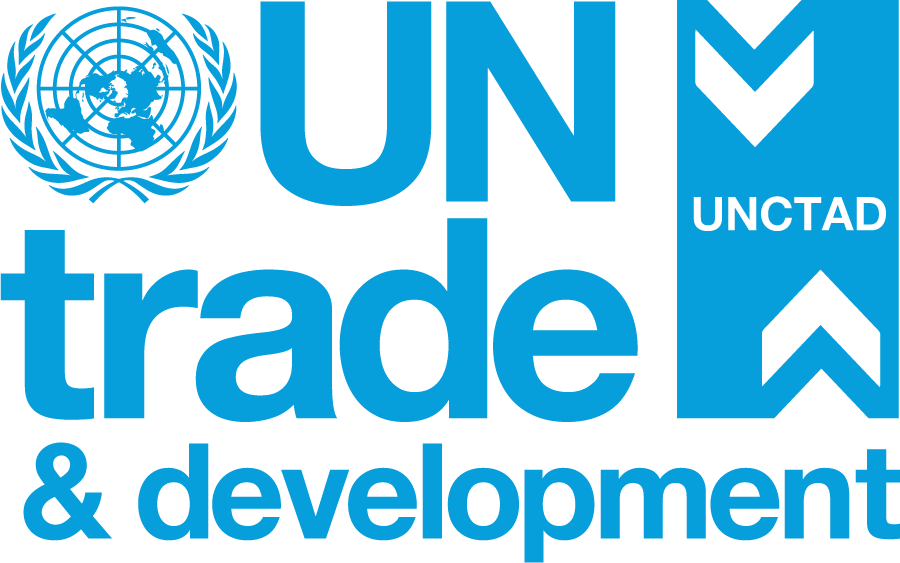Joint efforts are underway to help Latin America deepen green industrial policies, build a shared regional agenda and establish governance mechanisms to sustain economic transformation.

© Ministry of Economy, Mexico | Secretary-General Rebeca Grynspan spoke at an event in Mexico City on 26 May, urging greater economic integration in Latin America.
Calling for a new era of Latin American integration, UN Trade and Development (UNCTAD) Secretary-General Rebeca Grynspan launched the project “Integration and industrial policy for transformational change and resilience in Latin America” at an event in Mexico City on 26 May, urging leaders to move from talk to action.
The UN Trade and Development chief was joined by Secretary of Economy Marcelo Ebrard of Mexico, Vice-President Geraldo Alckmin of Brazil, and Executive Secretary José Manuel Salazar-Xirinachs of the United Nations Economic Commission for Latin America and the Caribbean.
In her remarks, Secretary-General Grynspan said that the region must stop waiting for the “perfect model” of integration and instead begin building economic ties that reflect today’s global realities.
“Trade has become the grammar of global prosperity,” Ms Grynspan said, “But Latin America is still an archipelago continent — countries that are geographically close but economically distant.”
Citing a historic shift in global trade dynamics — where South-South trade now matches North-North trade and 70% of future global growth is expected from developing economies, also known as the Global South — Ms Grynspan stressed the need for Latin America to embrace open regionalism. She pointed to the African Union, the Association of Southeast Asian Nations, and even the United States-Mexico-Canada Agreement on free trade, as models for strengthening intra-regional trade to compete externally.
Currently, only 16% of Latin American trade is intraregional, a missed opportunity, given that such trade tends to be more technologically advanced and diversified.
She also emphasized the importance of developing regional supply chains, noting that “stability is built from proximity” in a world increasingly shaped by geopolitical tensions.
Latin America’s green energy transition is key
The new project aims to deepen green industrial policies and build resilience by capitalizing on the region’s natural and human assets.
Latin America has a green energy matrix and abundance of minerals of critical importance for energy transition. The region holds more than half of global lithium reserves and a third of the world’s copper.
“It is not difficult to imagine an ecosystem where Bolivian lithium is processed with Chilean technology, incorporated into Brazilian batteries and integrated into Mexican electric cars,” said Secretary-General Grynspan.
There are, however, challenges on the horizon including a danger of replicating the history of resource-dependent enclave economies.
Through the project, UN Trade and Development will help policymakers develop a strategic policy approach to take full advantage of Latin America’s green potential. Economic diversification should be a central pillar of this approach.
This entails first identifying sectors for diversification based on defined national development criteria and global markets and technological trends. Equally crucial is to deploy tailored policy instruments across industrial, trade, investment, infrastructure, environment and technology policies to facilitate the transition.
A regional approach and proactive South-South cooperation efforts are also key to promoting and supporting sustainable economic transformation. Latin American countries with different strengths, from mineral wealth to manufacturing expertise, can explore opportunities for developing a regional industrial ecosystem around low-carbon technologies.



